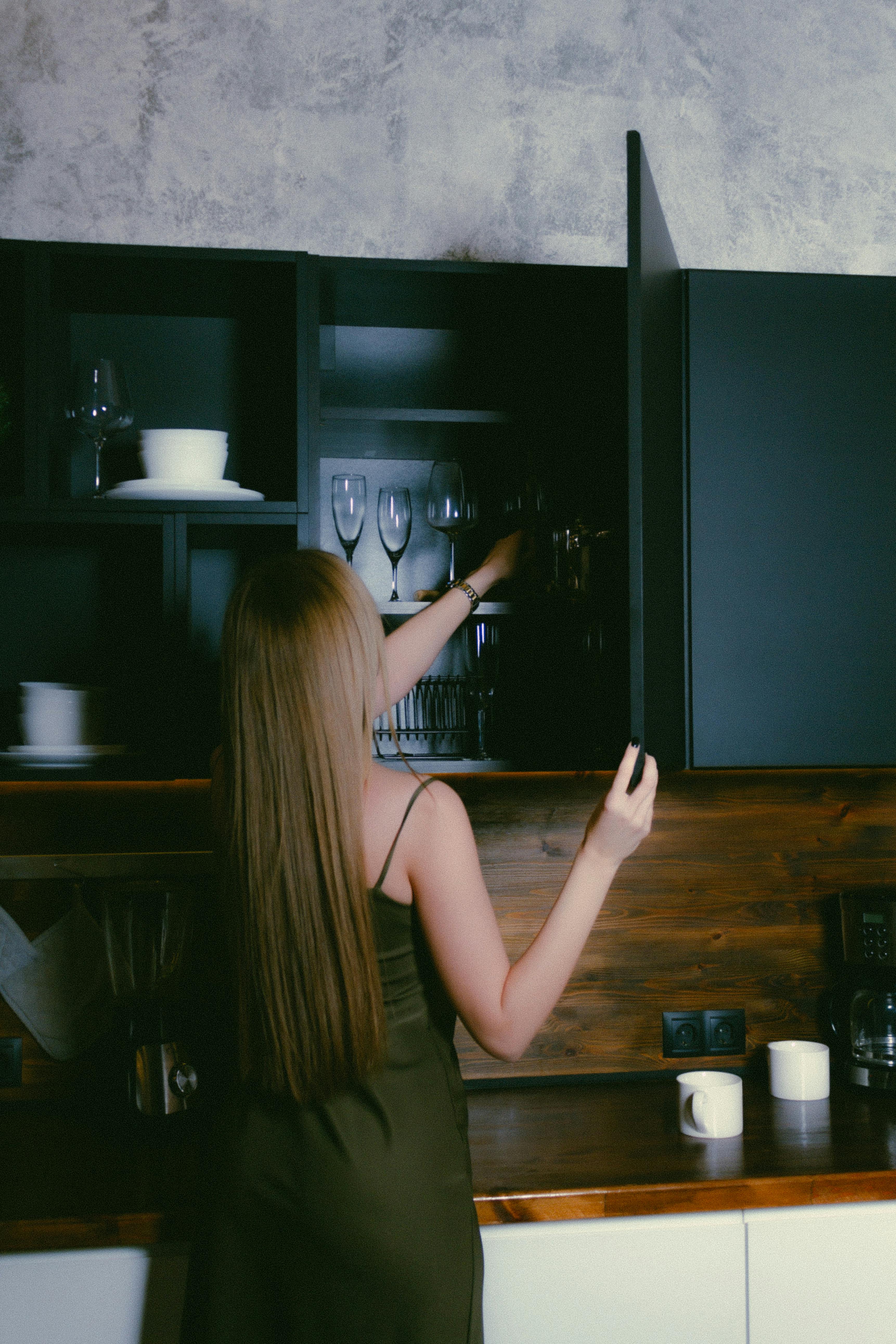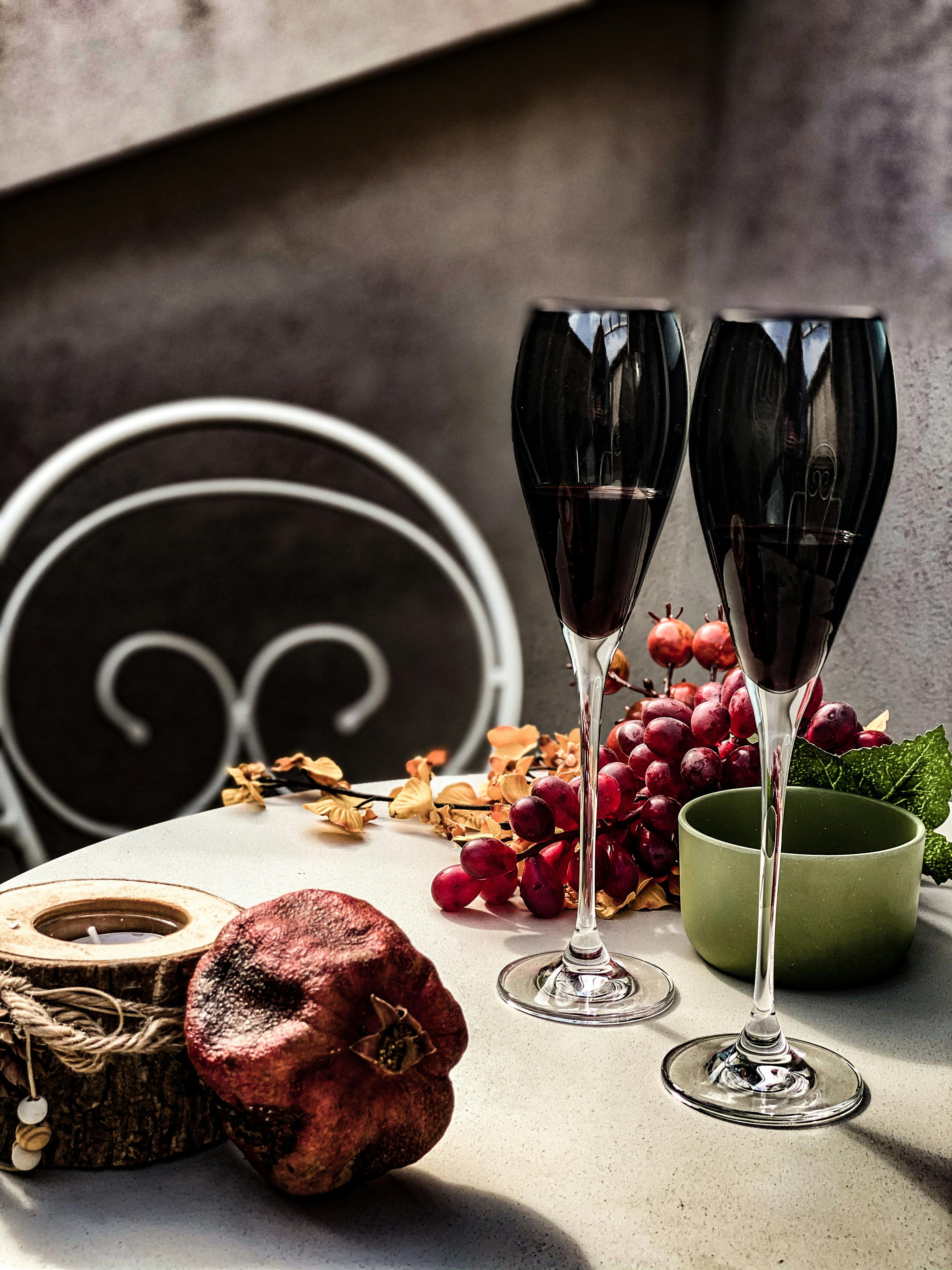Viognier wine is a white wine that is known for its sweet, floral aroma and hints of apricot and peach. It is a popular choice for sipping and pairing with food. The question of how long Viognier wine lasts depends on many factors.
The first factor is whether it’s been opened or not. An unopened bottle of Viognier can last up to five years if stored properly, while an opened bottle will only last a few days to a week. The second factor is the storage conditions; if kept in a cool place away from direct sunlight, Viognier will have the longest shelf life.Viognier Wine is a white wine variety grown in the Rhône Valley in France. It is an aromatic and full-bodied wine, with a distinctive floral aroma. Viognier is often blended with other grapes like Syrah, Marsanne and Roussanne, but can also be made as a single varietal. The flavor profile of Viognier can range from ripe stone fruits like peaches and apricots to tropical fruits like mango and pineapple. It has a medium-high acidity level, along with moderate tannins and alcohol content.
Viognier pairs well with fish dishes such as salmon or trout, creamy cheeses like Brie or Camembert, and white meats such as chicken or pork. It can also be enjoyed on its own as an aperitif or after-dinner drink. Its flavor profile makes it an excellent accompaniment to spicy dishes, particularly those from North Africa and the Middle East.
Viognier has gained popularity in recent years due to its unique flavor profile and its ability to be made into a single varietal wine that stands out from other whites. It is now grown in many countries around the world including Australia, New Zealand, South Africa and California.
Contents
Viognier Wine Making Process
Viognier wine is a white varietal wine made from the Viognier grape. It is a full-bodied, aromatic wine with floral and stone fruit aromas. The Viognier grape is a difficult one to grow, as it requires very specific conditions for optimal growth and ripening. However, when grown in its ideal environment, it produces a unique flavor profile that has become increasingly popular in recent years.
The Viognier wine making process begins with the careful selection of ripe grapes from the vineyard. The grapes must be harvested at just the right time to ensure they have reached their peak ripeness and flavor potential. Once harvested, they are sent to the winery where they are sorted and destemmed before being gently pressed. The juice is then cooled and transferred to tanks for fermentation.
During fermentation, yeast is added to convert sugar into alcohol, resulting in a dry white wine with an alcohol content of around 13 percent by volume. After fermentation, the wine is left on its lees (sediment) for several weeks or months in order to develop its complex flavors before being bottled and released onto the market.
Throughout the entire process, careful attention must be paid to temperature control and other factors that can affect the quality of the final product. By following these steps carefully, winemakers can produce an exceptional Viognier that has all of its complex aromas and flavors intact.
What Does Viognier Wine Taste Like?
Viognier wine is a full-bodied white wine that has floral and fruity aromas. It is known for its high acidity, which gives it a crisp and refreshing taste. On the palate, the wine has notes of apricot, peach, and citrus, with subtle hints of honey and spice. The finish is often described as creamy and smooth.
Viognier wines are versatile and pair well with a variety of dishes. It works especially well with seafood, such as crab or shrimp, as well as lighter meats like chicken and pork. The acidity in the wine helps to cut through the richness of these dishes, making it a great match. It also goes nicely with salads or spicy foods due to its refreshing taste.
When it comes to cheese pairings, Viognier pairs well with soft cheeses such as Brie or Camembert. For heartier cheeses such as Gruyere or Comte, the addition of oak aging to the Viognier can help to bring out the flavors of these cheeses.
Overall, Viognier wines are light-bodied but flavorful whites that offer aromas of flowers and fruits along with a crisp acidity on the palate. With its versatile nature and ability to pair nicely with both food and cheese, it is sure to be a crowd pleaser for any occasion!
What Foods Pair Well With Viognier Wine?
Viognier wines are known for their fresh, floral aromas and flavors. They are best when paired with foods that enhance this taste profile, such as seafood, mild cheeses, and fruits. Seafood dishes such as salmon, tuna, shrimp and scallops have a delicate flavor that pairs well with the hints of apricot and peach that are often found in Viognier wines. Mild cheeses like Brie, Chevre or Gruyere also compliment the wine’s flavors. The same goes for fruits like melon, apples or pears.
When pairing Viognier with meat dishes, look for lean proteins like chicken or turkey that won’t overpower the wine’s delicate aromas. Dishes that include vegetables like mushrooms, artichoke hearts or bell peppers can also pair well with Viognier wines. If you’re looking for something a bit richer, try pork tenderloin served with a fruit sauce or glaze. This will bring out the fruity flavors in the wine while adding a layer of sweetness to the dish.
For an even more complex pairing experience, try serving Viognier with creamy pastas and risottos made with aromatic ingredients such as garlic and herbs. The creamy textures of these dishes will help to bring out the floral notes in the wine while balancing out its acidity levels. A classic combination is a creamy mushroom risotto served alongside a glass of Viognier — it’s sure to be a hit at your next dinner party!
What Is the Alcohol Content of Viognier Wine?
Viognier is a white wine variety that originated in France’s Northern Rhône Valley. It is known for its full-bodied characteristics and intense aromas of peach and apricot. The alcohol content of Viognier wine varies depending on the style and region of production. It typically ranges from 12 to 14.5 percent alcohol by volume (ABV).
The alcohol content can vary due to the type of grapes used and the winemaking process employed. For example, some Viognier wines are made with a higher percentage of alcoholic fermentation, resulting in a higher ABV. In contrast, some winemakers opt for a lower percentage of fermentation which yields a lower ABV.
In general, Viognier wines from France’s Northern Rhône Valley tend to have higher alcohol levels than those from other regions, such as California or Australia. In these areas, winemakers may choose to use less ripe grapes which results in a lower ABV. Additionally, some producers opt for oak-aging their wines to bring out more tannins and complexity which also affects the alcohol level.
Overall, Viognier is an aromatic white wine with a full body and intense aromas that can range from 12 to 14.5 percent ABV depending on the style and region of production. Its high acidity and full-bodied characteristics make it an excellent choice for pairing with food or sipping on its own.

Where Does Viognier Wine Come From?
Viognier wine is a unique and aromatic white wine that has its roots in the Northern Rhône region of France. This area is known for producing some of the most complex and flavorful white wines in the world. Viognier grapes have been around for centuries, but it was only in recent years that the grape has gained popularity with winemakers around the world.
The ideal climate and soil conditions found in the Rhône Valley are perfectly suited to growing Viognier grapes. The vineyards there are located at higher altitudes, and the soil is rich in limestone and other minerals which impart a special character to the wines produced from them. The hot summer days help to bring out intense aromas of orange blossom, honeysuckle, and other floral notes, while cool nights help retain acidity and keep wines from becoming overly-ripe.
Today, Viognier is grown all over the world, from California to Australia to even South Africa. Winemakers everywhere are beginning to experiment with this grape variety and its unique characteristics, creating versions that can be both light and refreshing for easy drinking or more full-bodied for aging. As its popularity continues to grow, so does our appreciation of this delicious white wine!
How Long Does Viognier Wine Last After Opening?
Viognier wine is an aromatic white wine known for its intense floral aromas and fruity flavor. It is often enjoyed as a young wine, but can also develop complexity with age. Once opened, it will last for up to four days if refrigerated. For optimal enjoyment, it is best to consume the wine within one or two days of opening.
To extend the shelf life of opened Viognier wine, transfer it to an airtight container and store in the refrigerator. This will help slow down oxidation and preserve flavor and aroma. The cooler temperature in the refrigerator also helps slow down the deterioration process of opened wines.
When properly stored in the refrigerator, Viognier wine can last up to four days after opening. However, this does not mean that it should be kept for that long as its quality will start to diminish after one or two days. To ensure you enjoy your bottle at its best, try to consume it within one or two days of opening.
Storing Unopened Bottles of Viognier Wine
The proper storage of unopened bottles of Viognier wine is essential to ensure the optimal flavor and quality of the wine. Storing the bottles in a cool, dark, and dry place will keep them in the best condition. The ideal temperature for storing unopened bottles of Viognier wine is between 45-65°F (7-18°C). It’s important to avoid extreme temperatures that are too high or too low, as this can damage the delicate flavors and aromas of the wine.
It’s also important to make sure that the bottles are stored upright. This helps to keep the cork moist and prevents it from drying out and allowing air into the bottle, which can cause oxidation and spoilage. Additionally, you should make sure that there is no light entering into your storage area as light can also cause spoilage in wine.
Finally, it’s important to store your bottles away from any strong odors or vibrations as these can affect the flavor of your wine. Once you have found a suitable place to store your unopened bottles of Viognier wine, make sure to label them with their vintage so you don’t forget when they were made. With proper storage, you can enjoy your Viognier for years to come!

Conclusion
Viognier wine is a unique and complex white wine with a variety of flavors, aromas, and textures. It has the potential to age for many years in the bottle, allowing it to develop complex and interesting flavors. Although it can be enjoyed when young, Viognier is best enjoyed when aged for at least six months. This can be achieved by storing the bottles properly in a cool, dark place away from direct sunlight and vibrations. The optimal storage temperature for Viognier is about 13-15°C (55-59°F). When stored correctly, Viognier can last for up to five years or more before it starts to deteriorate in quality.
The key to enjoying Viognier at its best is patience. Allowing the wine to age will bring out its richness and complexity. With proper storage techniques, Viognier can last up to five years or longer without losing its quality. Ultimately, it comes down to personal preference as some may prefer the freshness of young Viognier while others may enjoy its complexity after aging.
0 Comments